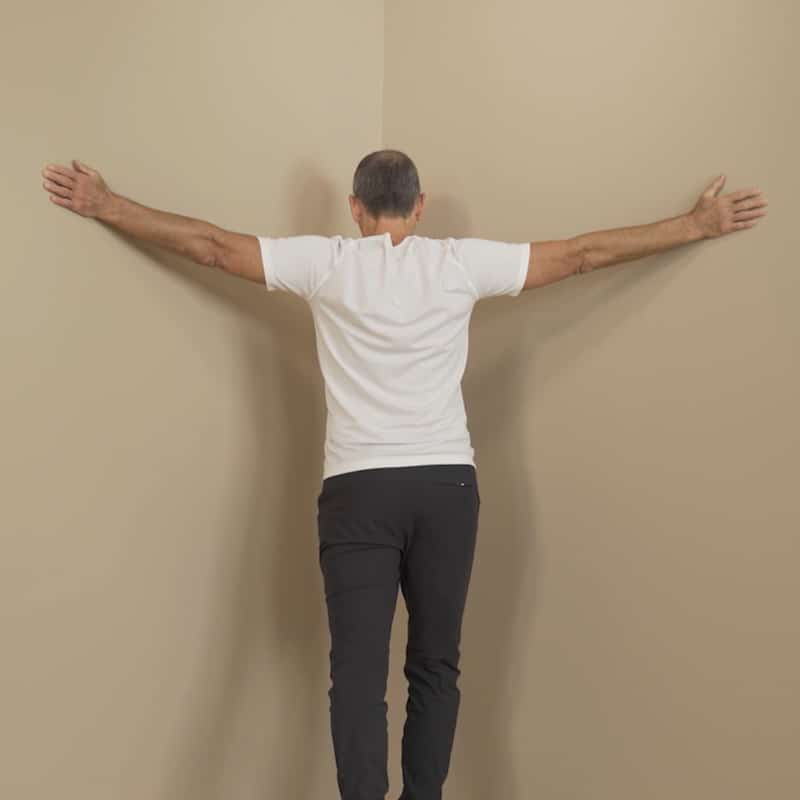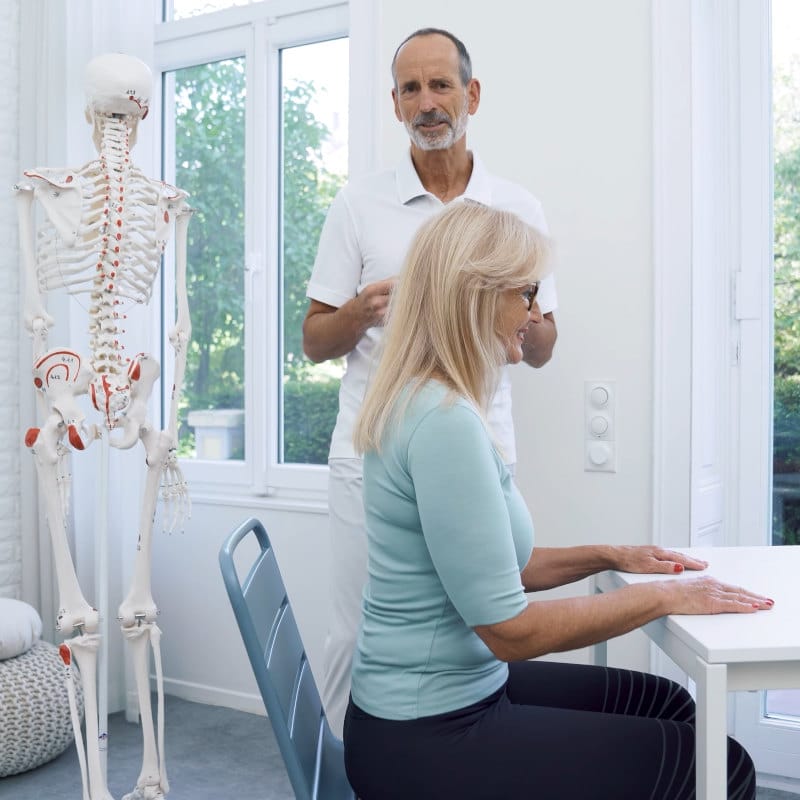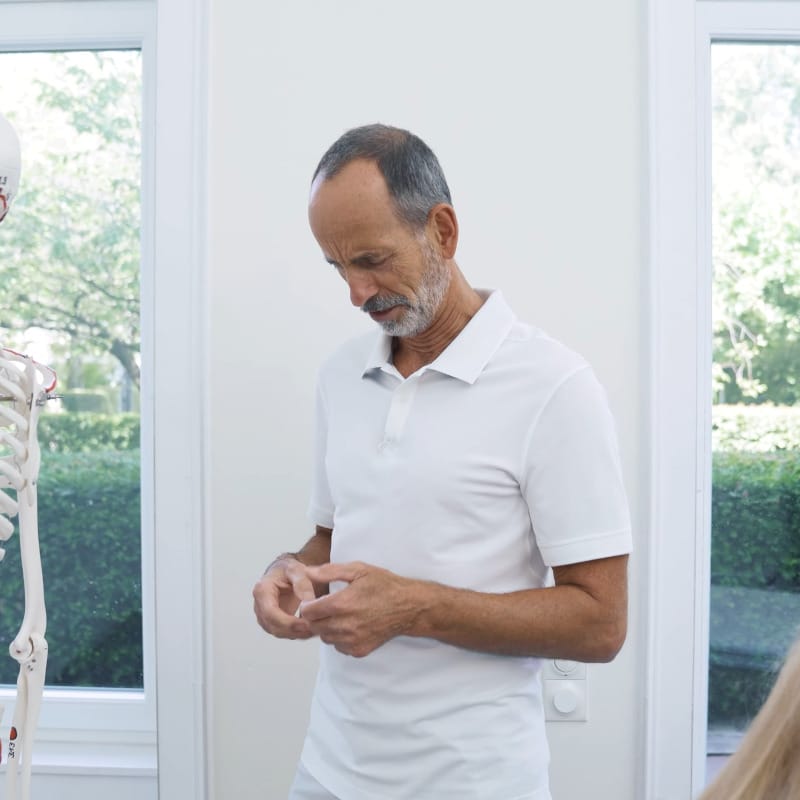posture correction Exercises
Body Part:
Back & Neck
Equipment:
None
Level:
Beginner
Body Part:
Back & Neck
Equipment:
None
Level:
Beginner
Gravity is a force to be reckoned with. Thanks to this natural phenomenon, the earth is in orbit, we aren’t floating through the air, and apples land on the ground. But gravity is also partly responsible for our poor posture. It pulls at our muscles and fascia while we’re working at our desks, watching TV, and enjoying meals. Before you know it, we’re slouching, and bad posture has become a dangerous habit.
What if you teamed up with gravity so this indomitable force worked for your posture instead of against it? Our video will show you how. Take a look and learn what happens to your body when you sit incorrectly, how slight adjustments can improve posture, and how to make good posture a healthy habit.
We’ll also show you a simple 4-minute exercise routine to counteract the effects of poor sitting posture:
Below the video, you’ll find step-by-step instructions for our posture exercises and more information about why healthy posture is essential.

Sign up for our free newsletter and discover how to manage your pain yourself. Every two weeks, we’ll deliver follow-along videos and articles to your inbox.



This position can help lengthen the muscles and fascia that have been shortened from poor posture. We recommend having a mirror close by so that you can regularly check your alignment. After a couple of days, your body will have memorized what healthy posture feels like, and you won’t have to check the mirror.

We spend a lot of time looking at our smartphones, and most of us crane our necks while we like, comment, and leave emojis.
Why not stretch your neck while you scroll? It’s easy. All you have to do is:
Kill two birds with one phone!
Yes. In addition to being aesthetically pleasing, good posture has many benefits for your body and overall well-being. Healthy posture can:
Don’t leave your healthy posture practice at the office. Continue while you enjoy your favourite Netflix show, eat dinner, and do the dishes.

Sign up for our free newsletter and discover how to manage your pain yourself. Every two weeks, we’ll deliver follow-along videos and articles to your inbox.
Then we would be happy if you shared it with your friends: